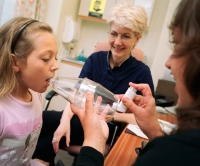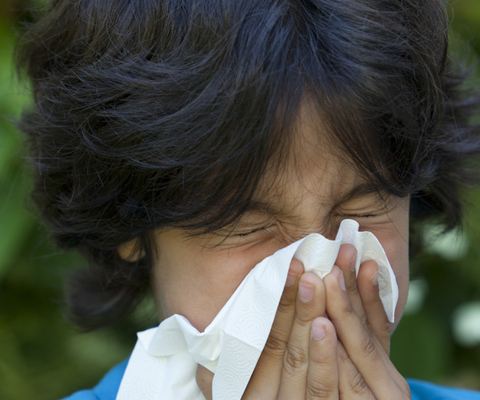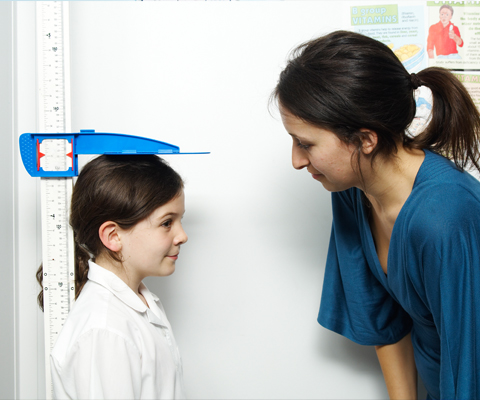Meeting Health Needs of School Age Child course



This session will explore the key messages about public health in the context of school health and new models of service delivery. In particular, it will focus on the World Health Organization’s definitions of public health and the study on Health Behaviours in School-aged Children (HSBC).
Learning objectives
By the end of this session you will be able to:
- Summarise information regarding public health and the causes of public health problems in the 21st century
- Summarise issues that are underlined in the Health Behaviours in School-aged Children (HBSC) study by the World Health Organization (WHO)
- Identify the knowledge and skills needed to work together for optimum public health outcomes for children and their families
- Choose the best environment for practice: hospital, clinic, school, classroom, home or wider community
- Evaluate the different methods of communication: face-to-face, email, mobile phone, text and letters to support the child, parents and school
This session uses self assessments that help you check what you have learnt. You do not have to use them and your answers are not seen by anyone else.
Before commencing this session you should read:
- Potter K, Wright J. Integrating the Children’s Public Health
- Workforce. In: Sines D, Fanning A, Potter K et al., eds. Community and Public Health Nursing. 5th edn. London: Wiley Blackwell, 2013:91-112
- Wright J. The School Health Team. Healthy School Child (411-002). DH e-Learning for Healthcare. 2014
- Completed HSC session: The School Health Team (411-002)
Jane Wright is a senior lecturer and course leader for Specialist Community Public Health Nursing at Buckinghamshire New University. She has a background in adult nursing and school nursing in Buckinghamshire. Jane has written a number of books and articles about school nursing practice, is on the editorial board of the British Journal of School Nursing and has been involved with the Department of Health School nurse Implementation Plan.


- Anaesthesia Fundamentals | Physiology | Thyroid an...
- Posted By eIntegrity Healthcare e-Learning
- Posted Date: 2024-11-27
- Location:Online
- This session is split into two sections. The first outlines the physiology of the thyroid gland and homeostatic control of thyroid hormone secretion. The second describes and explains the body’s mechanisms for controlling plasma calcium concentrati
- Anaesthesia Fundamentals | Physiology | Adrenal Ho...
- Posted By eIntegrity Healthcare e-Learning
- Posted Date: 2024-11-27
- Location:Online
- This session looks in detail at the hormones of the adrenal cortex, principally cortisol and aldosterone.
- Anaesthesia Fundamentals | Physiology | Adrenal Ho...
- Posted By eIntegrity Healthcare e-Learning
- Posted Date: 2024-11-27
- Location:Online
- This session reviews the functions of the sympathetic nervous system, the physiology of the adrenal medulla and the hormones adrenaline and noradrenaline.
- Anaesthesia Fundamentals | Physiology | Hypothalam...
- Posted By eIntegrity Healthcare e-Learning
- Posted Date: 2024-11-27
- Location:Online
- This session provides an overview of the interaction between the hypothalamus and both parts of the pituitary gland. A description of the relevant hormones and their actions is also included.
- Anaesthesia Fundamentals | Physiology | The Physio...
- Posted By eIntegrity Healthcare e-Learning
- Posted Date: 2024-11-27
- Location:Online
- This session gives a broad overview of the hormone/endocrine system, including the key systems. It covers types of hormones, modes of action and a brief description of the assessment of hormonal function.






